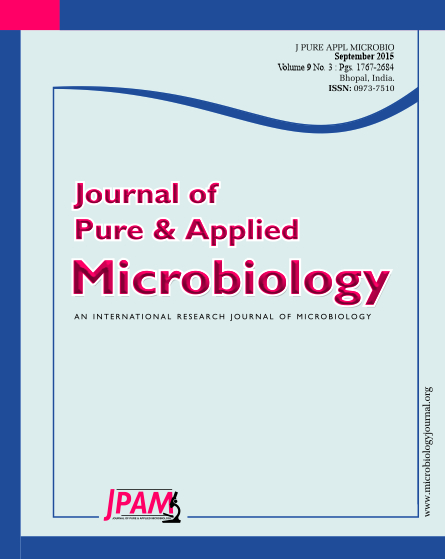The oomycete “Phytophthora capsici” is the main cause of the blight of pepper (Capsicum annuum L.), wilt a disease that can cause yield losses of up to 100%. For its control, it mainly resorts to the use of fungicides that harm the environment, however, the use of biological control is a tool that can be useful for combating this disease. Fungi of Trichoderma spp have the potential to antagonize to Phytophthora capsici, however, studies should be performed on native strains that may be established in different soils from which they were isolated. In this work it was evaluated the antagonistic activity of three native strains of rhizosphere from chili peppers from Puebla Tetela de Ocampo Mexico and isolated strains from other environments against a native strain of P. capsici extracted from pepper plants that presented the disease. The development rate (DR) and concentration of conidia (con/mL) of the strains of Trichoderma were evaluated in culture medium malt extract agar (EMA), likewise, it was evaluated the presented inhibition percentage. The highest rate of development (DR) and concentration of conidia was presented in the strain “S3A4”, with 33.7 mm and 1.73 x 106 / mL respectively. The Trichoderma strains showed different qualities of parasitism in the scale of Bell, however there was some homogeneity in the percent inhibition of the strains from pepper soil.
Pepper wilt, biological control, inhibitory activity
© The Author(s) 2015. Open Access. This article is distributed under the terms of the Creative Commons Attribution 4.0 International License which permits unrestricted use, sharing, distribution, and reproduction in any medium, provided you give appropriate credit to the original author(s) and the source, provide a link to the Creative Commons license, and indicate if changes were made.


